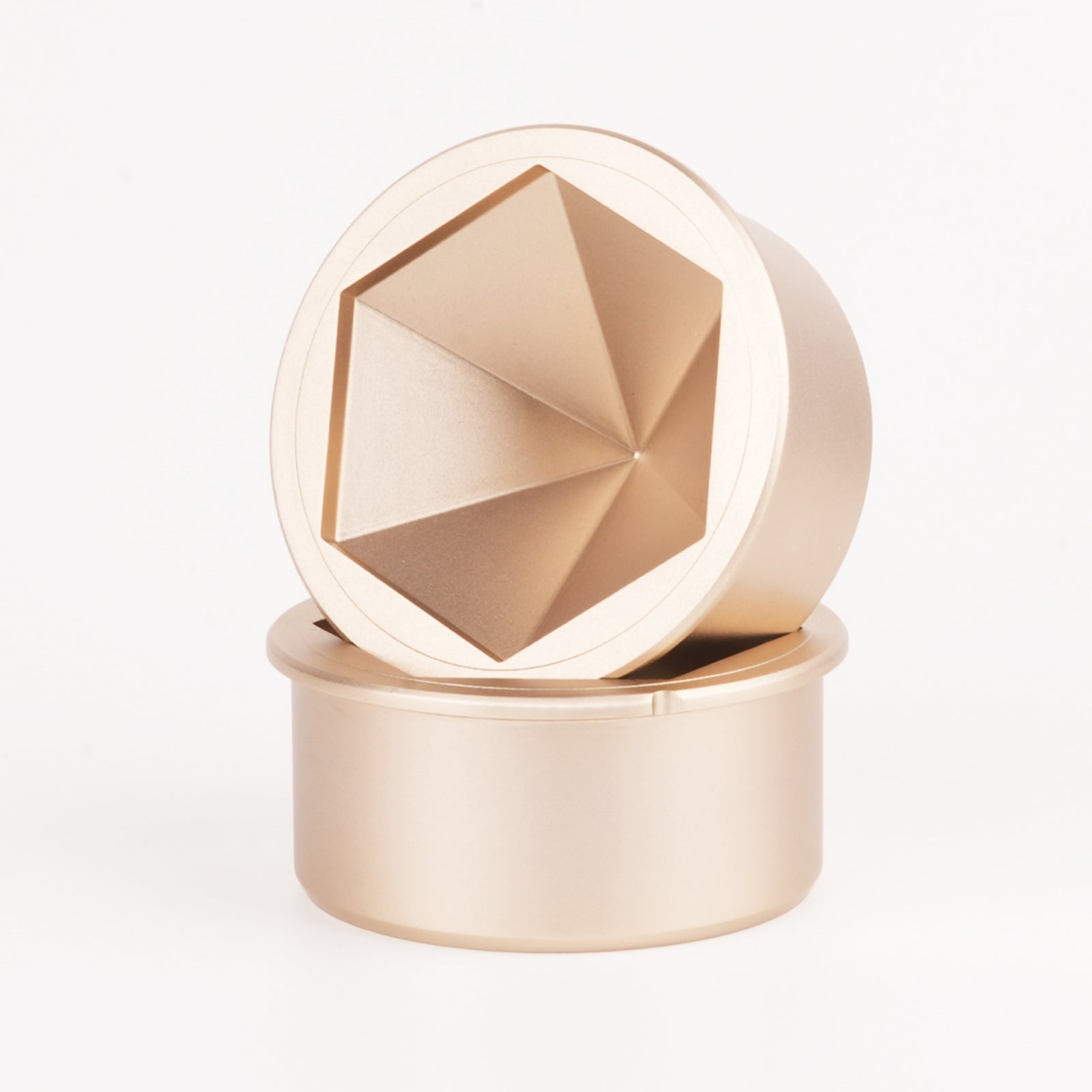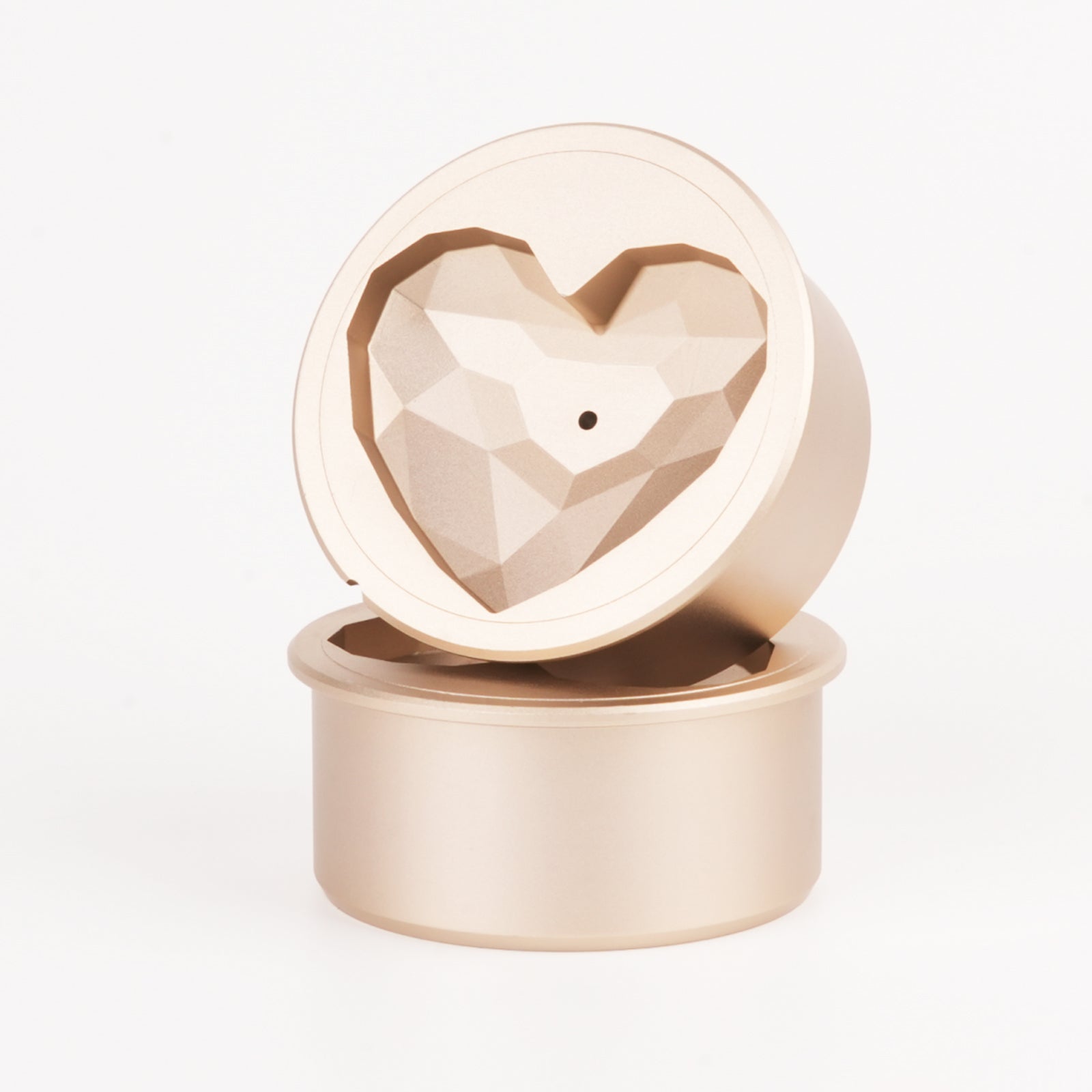The Amazing Physical Properties of Ice
Far from being just the solid state of water, ice represents a fascinating and secretive force of nature. This article delves into some of the unique physical characteristics of ice and how they play a crucial role in our natural world and everyday lives.
Expansion Instead of Contraction
Contrary to most materials that contract when cooled, ice stands as an exception. As water freezes into ice, its molecules arrange themselves in a regular lattice structure through hydrogen bonds. This arrangement is more spaced out than in liquid water, causing ice to occupy more space for the same mass, expanding its volume by about 9%. This unique property results in ice having a lower density than water, allowing ice to float. This phenomenon is not just a curious natural occurrence; it's pivotal for the survival of many species in cold environments.

High Heat Capacity
Like water, ice possesses a high specific heat capacity, meaning it requires a relatively large amount of energy to change its temperature. This property allows large bodies of water, such as oceans, to absorb and store vast amounts of heat, thereby regulating the Earth's climate. In its solid form, ice's high heat capacity is especially vital for moderating climates in polar and mountainous regions.

Low Thermal Conductivity
Ice has a relatively low thermal conductivity, indicating it's not an effective heat conductor. This makes ice an excellent insulator, capable of effectively blocking external temperature changes. This is why ancient peoples used ice to preserve food and why ice remains a cornerstone in modern refrigeration technologies.

The Secret to Gliding on Ice
The joy of gliding on ice is a common experience, yet the reason ice is slippery has been a long-standing topic of scientific inquiry. The most accepted explanation is that pressure applied to the ice surface causes localized melting, creating a thin layer of water that reduces friction, making gliding possible. This process highlights ice's unique behavior under pressure and the complex interplay between solid and liquid states.

Crystal Structure
The growth of ice crystals is a beautiful natural spectacle. Under the right conditions, ice crystals form in hexagonal star shapes, displaying astonishing symmetry and complexity. Ice has unique optical properties; for instance, ice crystals sparkle in sunlight, creating rainbow-colored halos due to the refraction and reflection of light as it passes through. Moreover, ice can form various crystal structures in different environments and conditions, such as the hexagonal crystals of snowflakes.

Conclusion
Ice profoundly impacts our world. By exploring and understanding these properties, we can better harness them to bring convenience and joy to our lives. Our new product, GLAZER, is an ice press with a heated, interchangeable insert. This capability not only optimizes the ice production process but also significantly expands the range and possibilities of ice applications.











Comments
Anto said:
Grazie a questo articolo sono riuscito a capire un capito di chimica applicata sull acqua…grazie